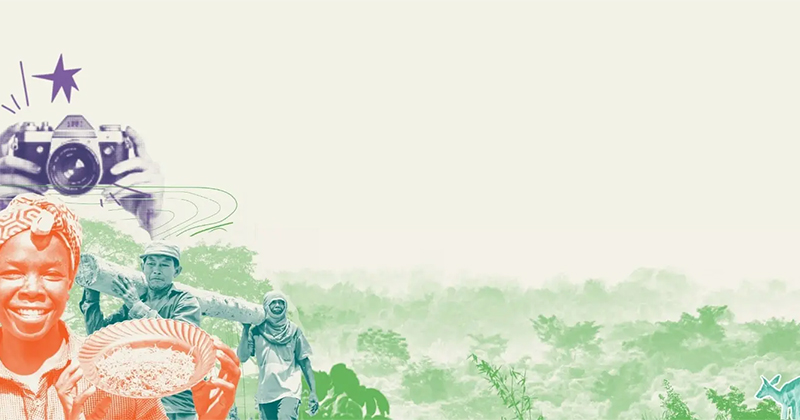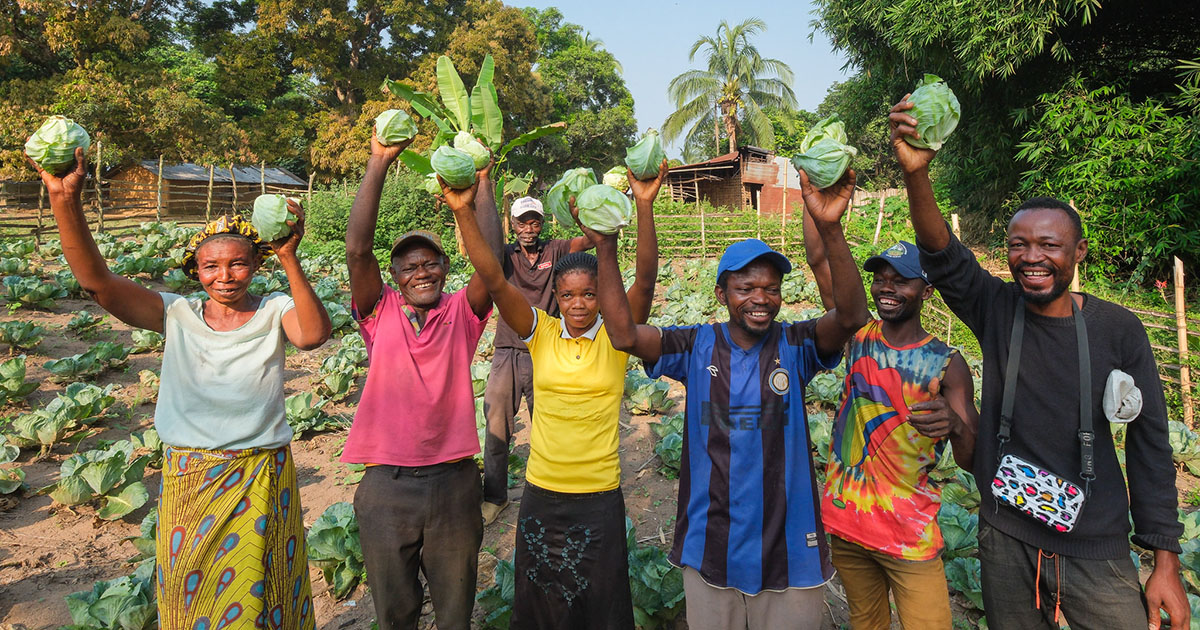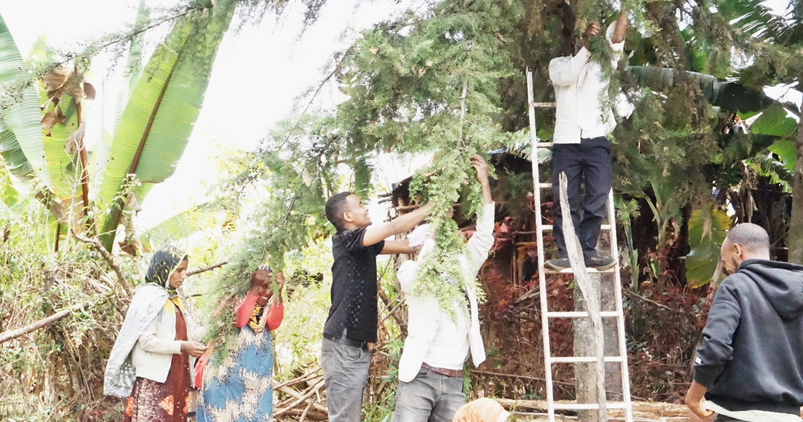In Sri Lanka, home gardens (HGs) have been identified as an integral part of the landscape and culture for centuries and remain today one of the major and oldest forms of land use in the country (Mahawansa, undated; De Silva, 1981; Jacob and Alles, 1987; FSMP, 1995; MFE, 1999; Pushpakumara et al., 2010). Although the term Kandyan home garden (KHG), as a subset of HGs in Sri Lanka, is commonly used in literature, the term has several definitions (see Jacob and Alles, 1987; Perera and Rajapakshe, 1991). In this study KHG is defined, based on the historical Kandyan Kingdom, to include HGs in Kandy and adjacent districts, such as Badulla, Kegalle, Kurunegala, Matale, Nuwara Eliya and Rathnapura. This area largely falls in the wet zone of Sri Lanka but occasionally in the intermediate zone, where the climate and edaphic environment support luxurious growth of perennial trees. The area consists of deep soil (i.e. reddish brown latasolic, immature brown loam and red yellow podzolic soils). The rainfall is year-round, sufficient to meet the evaporation demand of the atmosphere, with a distinct dry spell of one to two weeks that triggers the flowering of perennial species (personal communication, B.V.R. Punyawardena, Department of Agriculture, Sri Lanka).






















